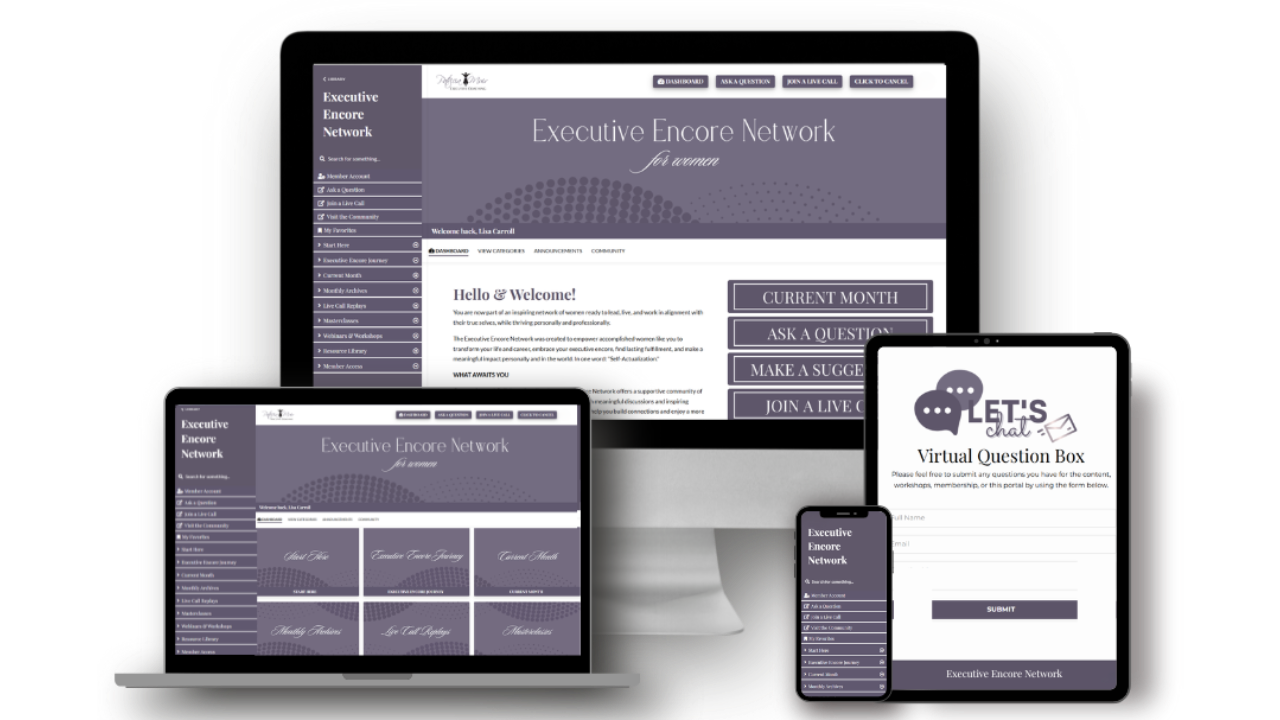
Managing Loss and Grief Series: A Brief Review of Grief
Feb 17, 2021Let me ask: Have you taken steps to manage loss and grief?
We continue to learn about and acknowledge the healing effects that come from when we pause, reflect, and express our gratitude. However, many of us are either experiencing significant loss and grief ourselves or we feel the circle closing in as we hear about others in our network being touched by their personal loss and grief. For many, this grief is complicated.
According to the Mayo Clinic, complicated grief is “an ongoing, heightened state of mourning that keeps you from healing.” Stressors, including social isolation, financial hardships, and myths about the grieving process increase our risk for complicated grief. Grief is not necessarily a response to the loss of a loved one. Grief does not suddenly end after a prescribed timeframe. Any significant change or loss can trigger a grief response and the process can ebb and flow in waves of pain and despair. Consider how your life (and work) has changed over the past year. How have you experienced loss?
Getting stuck in grief is a very real problem that can affect us physically, mentally, socially, and professionally. Fortunately, complicated grief can be corrected and even prevented. We need a better understanding about the process of grief, techniques to manage our experience, and the time required for healing.
A Brief Review of Grief
In the late 1960’s, Elisabeth Kubler-Ross identified the stages of dying which she published in On Death and Dying. In 2005, David Kessler expanded on her hypothesis in their collaborative work, On Grief and Grieving, identifying five stages of grief:
- Denial: shock and disbelief that the loss has occurred
- Anger: that someone we love is no longer here
- Bargaining: all the what-ifs and regrets
- Depression: sadness from the loss
- Acceptance: acknowledging the reality of the loss
According to Kessler, the stages “were never meant to tuck messy emotions into neat packages. They are responses to loss that many people have, but there is not a typical response to loss, as there is no typical loss. Our grief is as individual as our lives.” In other words, these five stages “don’t prescribe, they describe.” Have you found this to be true for you?
Although we each grieve in our own unique way, we may experience these responses in the process. None of the stages are easy and we may move through each one more than once throughout our grieving process.
Transforming Grief
In his newest book, Finding Meaning: the Sixth Stage of Grief (Scribner, 2019), Kessler points to a crucial sixth stage to the healing process: meaning. This is the stage that allows us to transform our grief and find a path forward. Although the grief may never end, our pain can ease, and through meaning, we can make sense of our grief. We can stay hopeful, strong, resilient, and resistant.
This series of posts dives into managing loss and grief, healing, and transforming grief through the power of acceptance and finding meaning. In the meantime, extreme self-care and compassion for self and others are critical first steps to managing loss and grief.
What do you think? Where are you “emotionally” at this moment? Let me know how you are doing. I would like to hear from you. You can connect with me on LinkedIn, and on Maestro’s Facebook, or directly at [email protected].
Check out the online mini-course “Your Building Blocks to Emotional Well-Being and Resilience”. Complimentary for a limited time.
Check out other blogs in this Managing Loss and Grief Series
Next Steps
You don’t need to navigate your Executive Encore alone. Discover a better way to take charge of your experience.
- Schedule a 30-Minute Complimentary Executive Encore Call.
Ready to elevate your encore chapter?
- Join the Executive Encore Network for Women, a membership and community of supportive women ready to inspire and uplift. Subscribe to the Sunday Encore to begin your Executive Encore Journey and register for the next Tour to learn more.


